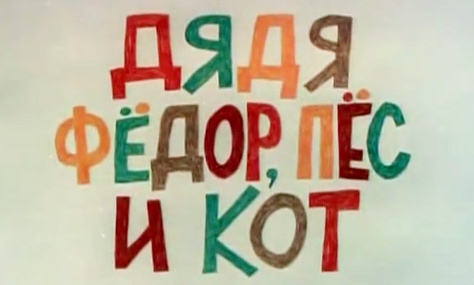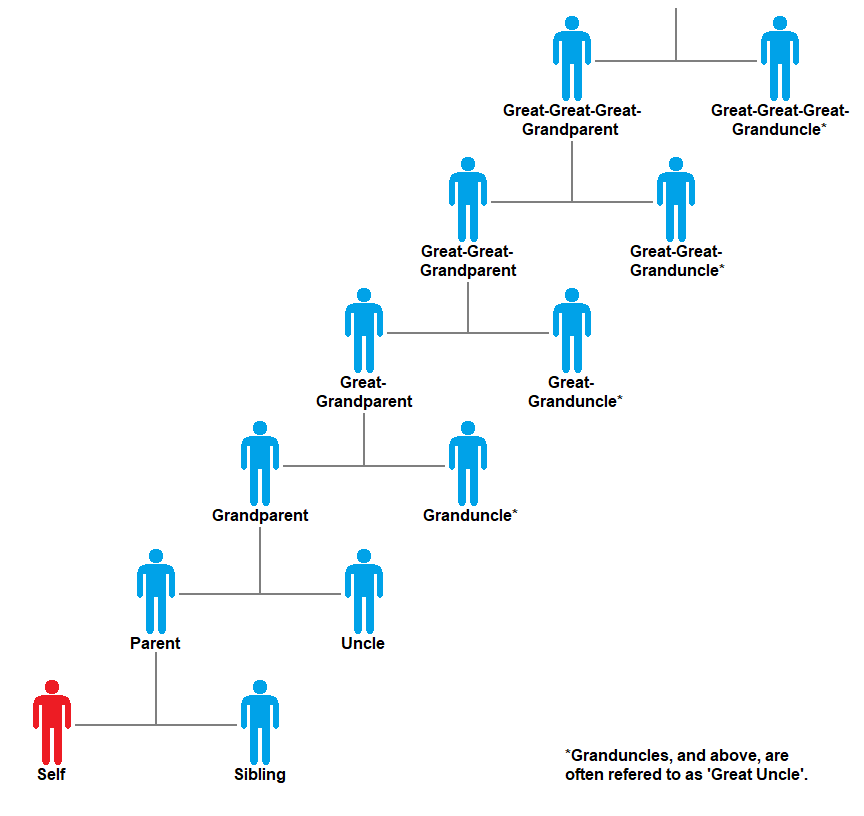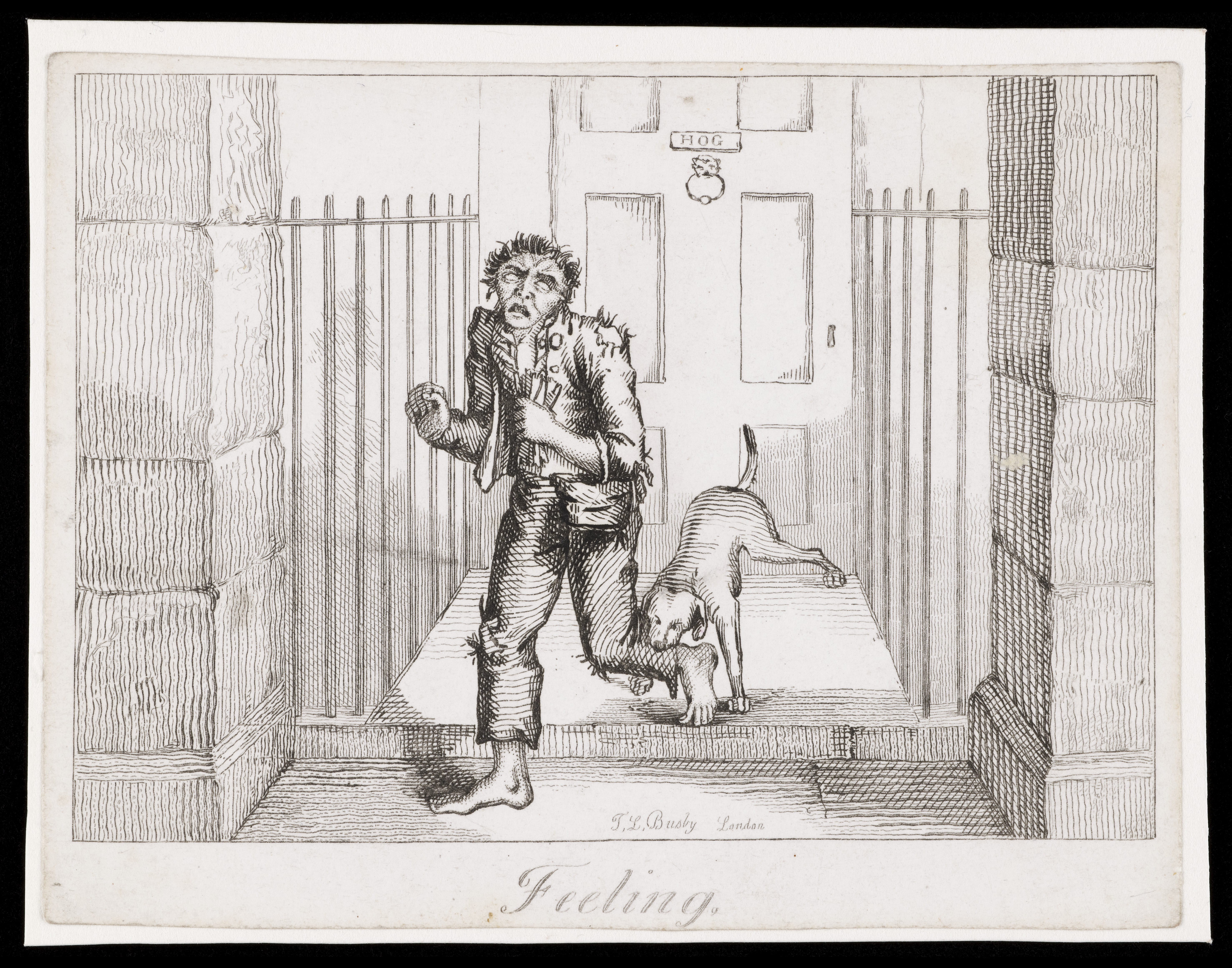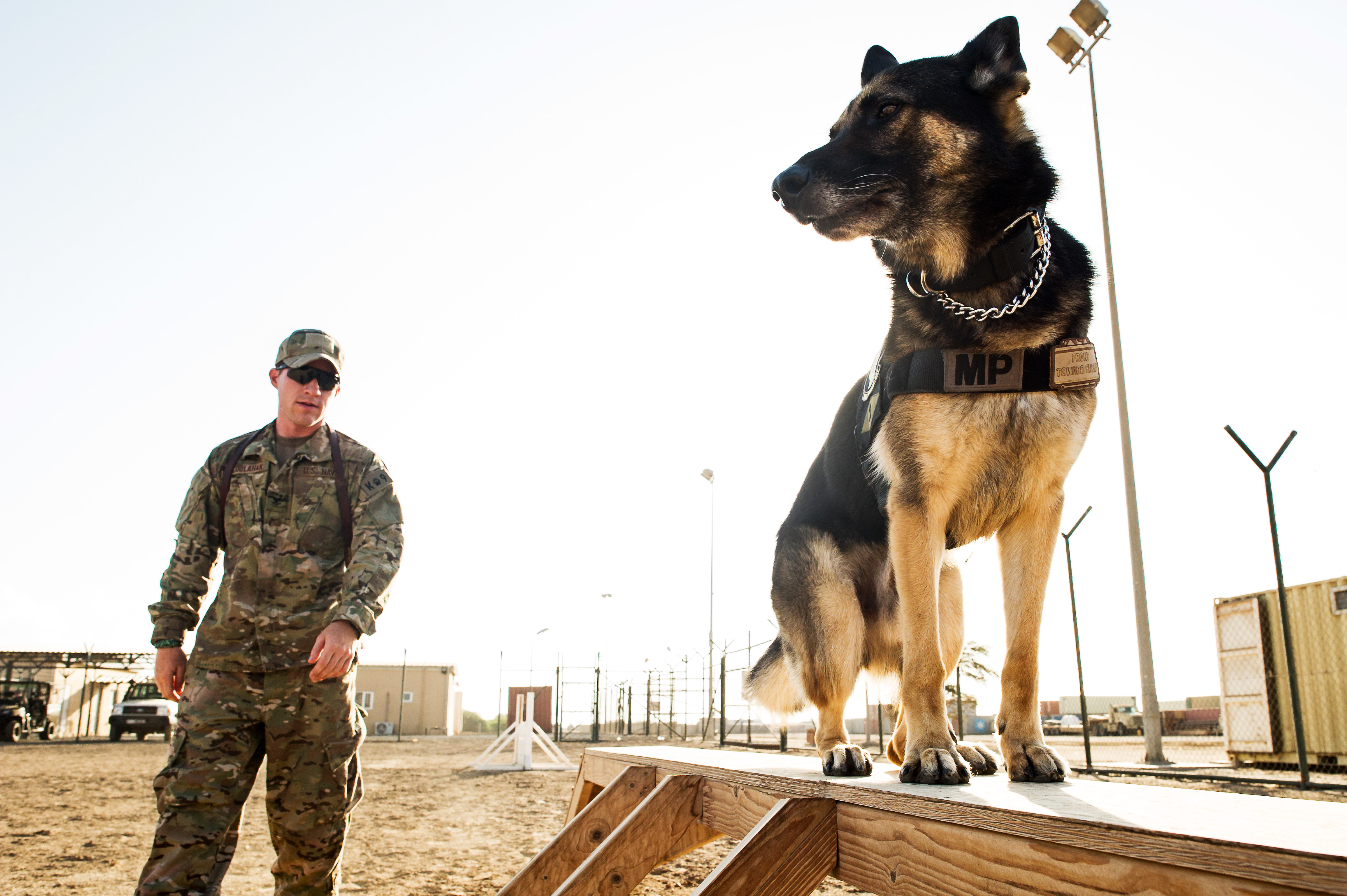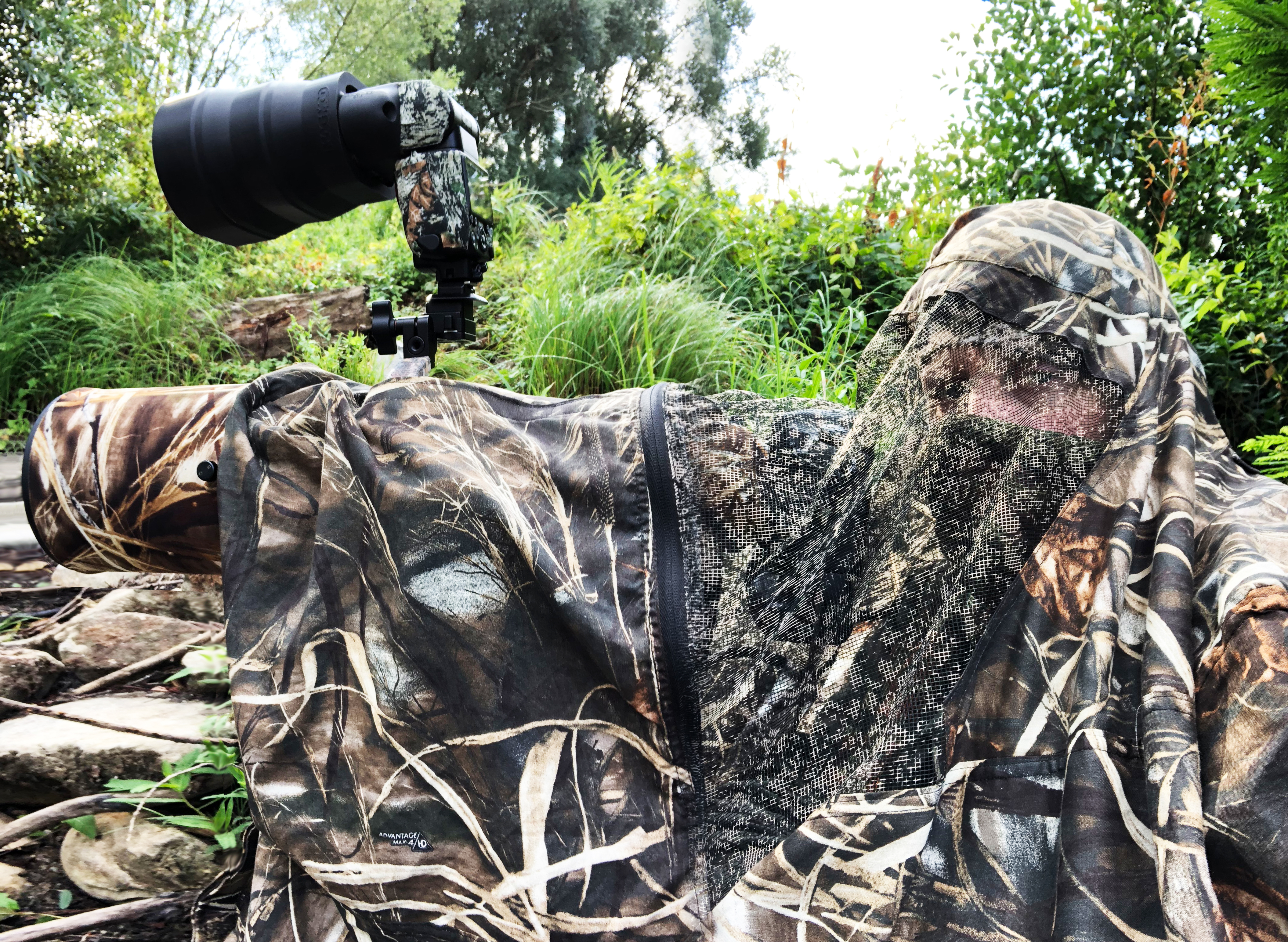|
Uncle Fedya, His Dog, And His Cat
''Uncle Fedya, His Dog, and His Cat'' (russian: Дядя Фёдор, пёс и кот, lit="Uncle Fyodor, The Dog and The Cat", translit=Dyadya Fyodor, pyos i kot) is a children's novella written by Eduard Uspensky and first published in 1974. It is the first story in the series set in the fictional village of Milkville ( rus, Простоквашино, Prostokvashino, p=prəstɐˈkvaʂɨnə; lit." soured milk") created by Uspensky. The series features a city boy named Fyodor, or Fedya for short, and his friends, the talking animals. The stories focus on their adventures in Prostokvashino and their relationships with its residents, including the irritable postman Pechkin. In 1993 it was translated from Russian by Michael Henry Heim with illustrations by Vladimir Shpitalnik. Plot Fyodor lives in the apartment with his parents, who call him "Uncle" because of his seriousness, independence, and intelligence. He learns to read at 4, and starts cooking for himself at 6. Unlike his ... [...More Info...] [...Related Items...] OR: [Wikipedia] [Google] [Baidu] |
Eduard Uspensky
Eduard Nikolayevich Uspensky (russian: link=no, Эдуард Николаевич Успенский; 22 December 193714 August 2018) was a Soviet and Russian children's writer and poet, author of over 70 books, as well as a playwright, screenwriter and TV presenter. His works have been translated into 25 languages and spawned around 60 cartoon adaptations. Among the characters he created are Cheburashka and Gena the Crocodile, Uncle Fyodor and Kolobki brothers. He was awarded Order "For Merit to the Fatherland", 4th class in 1997. Biography Uspensky was born in Yegoryevsk, in Moscow Oblast into a Russian family. His father Nikolai Mikhailovich Uspensky came from the city of Yelets and was a distant relative of Tikhon Khrennikov. He served as a high-ranking official in the Central Committee of the Communist Party of the Soviet Union. Eduard's mother Natalia Alekseyevna Uspenskaya (''nee'' Dzurova) was an engineering technologist from Vyshny Volochyok. She came from a merchantry ... [...More Info...] [...Related Items...] OR: [Wikipedia] [Google] [Baidu] |
Horsepower
Horsepower (hp) is a unit of measurement of power, or the rate at which work is done, usually in reference to the output of engines or motors. There are many different standards and types of horsepower. Two common definitions used today are the mechanical horsepower (or imperial horsepower), which is about 745.7 watts, and the metric horsepower, which is approximately 735.5 watts. The term was adopted in the late 18th century by Scottish engineer James Watt to compare the output of steam engines with the power of draft horses. It was later expanded to include the output power of other types of piston engines, as well as turbines, electric motors and other machinery. The definition of the unit varied among geographical regions. Most countries now use the SI unit watt for measurement of power. With the implementation of the EU Directive 80/181/EEC on 1 January 2010, the use of horsepower in the EU is permitted only as a supplementary unit. History The development of the stea ... [...More Info...] [...Related Items...] OR: [Wikipedia] [Google] [Baidu] |
Three From Prostokvashino
''Three from Prostokvashino'' (russian: Трое из Простоквашино, r=Troye iz Prostokvashino) is a 1978 Soviet animated film based on the children's book '' Uncle Fedya, His Dog, and His Cat'' by Eduard Uspensky. The film has two sequels, ''Vacation in Prostokvashino'' (Каникулы в Простоквашино) (1980) and '' Winter in Prostokvashino'' (Зима в Простоквашино) (1984). The main character is a six-year-old boy who is called Uncle Fyodor (voiced by Maria Vinogradova) because he is very serious. After his parents don't let him keep the talking cat Matroskin (voiced by Oleg Tabakov), Uncle Fyodor leaves his home. With the dog Sharik (voiced by Lev Durov), the three set up a home in the country village Prostokvashino ( rus, Простоквашино, p=prəstɐˈkvaʂɨnə, "soured milk"). There they have many adventures, some involving the local mailman, Pechkin (voiced by Boris Novikov). The series has been a source of many quot ... [...More Info...] [...Related Items...] OR: [Wikipedia] [Google] [Baidu] |
Vladimir Popov (animator)
Vladimir Ivanovich Popov ( rus, Владимир Иванович Попов; 5 June 1930 — 1 April 1987) was a Soviet and Russian animator and art director. A member of ASIFA, He was named Honored Art Worker of the RSFSR in 1986.''Sergei Kapkov (2006)''. Encyclopedia of Domestic Animation. — Moscow: Algorithm, pp. 524—525 Biography Vladimir Popov grew up in a communal apartment near Soyuzmultfilm. He was fond of painting since childhood and visited an art school. He also produced hand-made cartoons by drawing humorous scenes from the life of his neighbours on a transparent filmstrip and demonstrating them to a great success. In 1951, Popov was employed by Soyuzmultfilm; for the next ten years he had been working as an animator with Ivan Ivanov-Vano, Alexandra Snezhko-Blotskaya, Leonid Amalrik and other leading directors. Since 1960, he had been directing films together with Vladimir Pekar, also acting as an art director. Their most popular work of that time was ''Umka'' (1 ... [...More Info...] [...Related Items...] OR: [Wikipedia] [Google] [Baidu] |
Soyuzmultfilm
Soyuzmultfilm ( rus, Союзмультфи́льм, p=səˌjʉsmʊlʲtˈfʲilʲm , ''Union Cartoon'') (also known as SMF Animation Studio in English, Formerly known as Soyuzdetmultfilm) is a Russian animation studio based in Moscow. Launched in June 10, 1936, the studio has produced more than 1,500 cartoons. Soyuzmultfilm specializes in the creation of animated TV series, feature films and short films. The studio has made animated films in a wide variety of genres and art techniques, including stop motion, hand-drawn, 2D and 3D techniques. The "Golden Collection" of Soyuzmultfilm, produced from the beginning of the 1950s and to the end of the 1980s, is considered to be the classics of the animation genre and the best works of world-renowned directors, production designers and animators. Among the studio's best-known films are '' Hedgehog in the Fog'' (1975), the '' Cheburashka'' series (1965?, 1969–1983, 1994-2009), the '' Well, Just You Wait!'' series (since 1969), ''Karls ... [...More Info...] [...Related Items...] OR: [Wikipedia] [Google] [Baidu] |
Animator
An animator is an artist who creates multiple images, known as frames, which give an illusion of movement called animation when displayed in rapid sequence. Animators can work in a variety of fields including film, television, and video games. Animation is closely related to filmmaking and like filmmaking is extremely labor-intensive, which means that most significant works require the collaboration of several animators. The methods of creating the images or frames for an animation piece depend on the animators' artistic styles and their field. Other artists who contribute to animated cartoons, but who are not animators, include layout artists (who design the backgrounds, lighting, and camera angles), storyboard artists (who draw panels of the action from the script), and background artists (who paint the "scenery"). Animated films share some film crew positions with regular live action films, such as director, producer, sound engineer, and editor, but differ radically ... [...More Info...] [...Related Items...] OR: [Wikipedia] [Google] [Baidu] |
Studio Ekran
Studio Ekran (russian: Творческое объединение «Экран», or simply, “творческое «ЭКРАН» объединение, Artistical Joint "Ekran") was a Russian (Soviet Union's until 1991) TV film studio. It was founded in 1968 and produced made-for-TV movies, mini-series and animated cartoons. In 1994, after reorganization of Ostankino TV channel, it was closed. Alexander Tatarsky's Pilot studio was started from Ekran. Filmography Popular films * '' Hello, I'm Your Aunt!'' (1975) * '' People and Mannequins'' (1974) * ''The Twelve Chairs'' (1976) * '' Little Tragedies'' (1979) * '' All Costs Paid'' (1988) Popular animation works * ''Leopold the Cat'' (1974–1987) * '' A Girl and a Dolphin'' (1979) * '' Very Blue Beard'' (1979) * ''The Wizard of the Emerald City'' (1974–1975) * '' Last Year's Snow Was Falling'' (1983) * '' Investigation held by Kolobki'' (1986) * '' Plasticine Crow'' (1981) * '' KOAPP'' (1984-1990) * '' Vampires of ... [...More Info...] [...Related Items...] OR: [Wikipedia] [Google] [Baidu] |
Uncle Fedya, His Dog, And His Cat Film By Studio Ekran
An uncle is usually defined as a male relative who is a sibling of a parent or married to a sibling of a parent. Uncles who are related by birth are second-degree relatives. The female counterpart of an uncle is an aunt, and the reciprocal relationship is that of a nephew or niece. The word comes from la, avunculus, the diminutive of ''avus'' (grandfather), and is a family relationship within an extended or immediate family. In some cultures and families, children may refer to the cousins of their parents as uncle (or aunt). It is also used as a title of respect for older relatives, neighbours, acquaintances, family friends, and even total strangers in some cultures, for example Aboriginal Australian elders. Using the term in this way is a form of fictive kinship. Any social institution where a special relationship exists between a man and his sisters' children is known as an avunculate (or avunculism or avuncularism). This relationship can be formal or informal, depend ... [...More Info...] [...Related Items...] OR: [Wikipedia] [Google] [Baidu] |
Antibiotics
An antibiotic is a type of antimicrobial substance active against bacteria. It is the most important type of antibacterial agent for fighting bacterial infections, and antibiotic medications are widely used in the treatment and prevention of such infections. They may either kill or inhibit the growth of bacteria. A limited number of antibiotics also possess antiprotozoal activity. Antibiotics are not effective against viruses such as the common cold or influenza; drugs which inhibit viruses are termed antiviral drugs or antivirals rather than antibiotics. Sometimes, the term ''antibiotic''—literally "opposing life", from the Greek roots ἀντι ''anti'', "against" and βίος ''bios'', "life"—is broadly used to refer to any substance used against microbes, but in the usual medical usage, antibiotics (such as penicillin) are those produced naturally (by one microorganism fighting another), whereas non-antibiotic antibacterials (such as sulfonamides and antisep ... [...More Info...] [...Related Items...] OR: [Wikipedia] [Google] [Baidu] |
Guard Dog
A guard dog or watchdog (not to be confused with an attack dog) is a dog used to watch for and guard property against unwanted or unexpected human or animal intruders. The dog is discerning so that it does not annoy or attack the resident humans of the house. History The use of dogs as guardians is well known since ancient times. The Romans used to put mosaics (''Cave canem'' mosaics) at the entrance of the houses to warn visitors and intruders of the presence of dangerous dogs at the property. One of the first dog types used as guardians were the ancestral Mastiff-type landraces of the group known as Livestock guardian dogs which protected livestock against large predators such as wolves, bears and leopards. Orthrus is a famous example of a livestock guardian dog from the Greek mythology known for guarding Geryon's red cattle. Some ancient guard dogs in more urban areas, such as the extinct bandogges, were chained during the day and released at night to protect propertie ... [...More Info...] [...Related Items...] OR: [Wikipedia] [Google] [Baidu] |
Obedience Training
Dog training is the application of behavior analysis which uses the environmental events of antecedents (trigger for a behavior) and consequences to modify the dog behavior, either for it to assist in specific activities or undertake particular tasks, or for it to participate effectively in contemporary domestic life. While training dogs for specific roles dates back to Roman times at least, the training of dogs to be compatible household pets developed with suburbanization in the 1950s. A dog learns from interactions it has with its environment. This can be through classical conditioning, where it forms an association between two stimuli; non-associative learning, where its behavior is modified through habituation or sensitisation; and operant conditioning, where it forms an association between an antecedent and its consequence. There are a variety of established methods of animal training, each with its adherents and critics. Some of the better known dog training procedures i ... [...More Info...] [...Related Items...] OR: [Wikipedia] [Google] [Baidu] |
Wildlife Photography
Wildlife photography is a genre of photography concerned with documenting various forms of wildlife in their natural habitat. As well as requiring photography skills, wildlife photographers may need field craft skills. For example, some animals and birds are difficult to approach and thus a knowledge of the animal's and birds behavior is needed in order to be able to predict its actions. Photographing some species may require stalking skills or the use of a hide/blind for concealment. While wildlife photographs can be taken using basic equipment, successful photography of some types of wildlife requires specialist equipment, such as macro lenses for insects, long focal length lenses for birds and underwater cameras for marine life. However, a great wildlife photograph can involve a understanding of animal behavior. History In the early days of photography, it was difficult to get a photograph of wildlife due to slow lenses and the low sensitivity of photographic media ... [...More Info...] [...Related Items...] OR: [Wikipedia] [Google] [Baidu] |
